Fall in the Southeast is a welcomed transition from the overwhelming heat and humidity of the summer months. With chilly mornings and pleasant afternoons, it’s a great time to recreate outdoors hiking, fishing or even rock climbing. At Alpharetta Outfitters, we prefer fly fishing. The Georgia Department of Natural Resources has gifted us with a special program called Delayed Harvest (Many people simply call it DH season).In a nutshell, the DNR has selected special creeks and sections of rivers to stock high numbers of trout with special rules. The primary rules are all trout must be released immediately (so no catching your dinner during these dates) and only artificial lures with single hooks can be used. Georgia’s Delayed Harvest Season starts November 1st and ends May 14th. North Carolina also has a similar program but their season starts October 15th and ends June 1st. Remember a valid fishing license and trout stamp are still required no matter the fishing season.

Locations
The DNR has selected five locations for the Georgia’s delayed harvest. The locations are listed below with notes that we thought will help you out.
- Amicalola Creek: Starts at Steele Bridge Road and goes downstream to GA Hwy 53 bridge. This stretch of water gets moderate fishing pressure. It’s not near a major city so going on the week days can be clutch. Wading is easy with the occasional slick slate rock. There is handicap access at the Hwy 53 bridge access point.
- Chattahoochee River: Starts at Sope Creek and runs to Hwy 41. This section of water gets heavy pressure being so close to Metro Atlanta. Wading can be tricky on the Chattahoochee so use caution if you aren’t familiar with this section. Large rocks cause deep pockets of water that can be easy to fall into. In the past this section has had car break in issues so keep valuables out of view. Once water tempertures rise later in the season striped bass will run out of Westpoint Lake looking for cooler water. Striped bass are eating machines so they will eat a large portion of trout come May and June (You can turn the tables on the striped bass and bring an 8wt with a large streamer).
- Chattooga River: Starts above the Hwy 28 bridge and goes to Reed creek. Of all Georgia’s Delayed Harvest streams, this one requires the most dedication since it’s on the border with South Carolina. Wading can be very difficult here due to the larger than average rock on the bottom. There are plenty of good wading spots but you have to be particular about where you walk. During the weekends there’s a surprising amount of anglers in the parking lot. Try to fish on the week days or during poor weather conditions. Don’t be afraid to walk far on this one. Fish will swim well past Reed Creek. There’s plenty of camping options around the river. Winter rains can rapidly raise the water level on the Chattooga making wading impossible. Since the river marks the border of Georgia and South Carolina both states recognize one and other’s license so you only need a Georgia or South Carolina fishing license/trout stamp.
- Smith Creek: Starts below the Unicoi dam to the park boundary. Smith creek is a great place for new anglers to learn the ropes. However it does see a fair amount of angler pressure. With the creek being small and large angler presence trout get smart quick. Make sure you check into the Lodge and get your angler survey. Bring some cash for parking as well. Fishing this small creek has carry over into other Southern Appalachian streams since it will teach you good stalking habits and casting in tight spaces.
- Toccoa River: Starts 0.4 miles above the Shallowford Bridge upstream to a point 450 feet upstream of the Sandy Bottom Canoe Access. Wading is moderate on the Toccoa with a few sharp drop offs. Being so close to Blue Ridge this section can get rowdy on the weekends. There are a lot of small holes that the average angler will pass over in favor of the more obvious holes. Using a small articulated streamer to cover water is a good idea since there’s plenty of water to keep an angler busy.
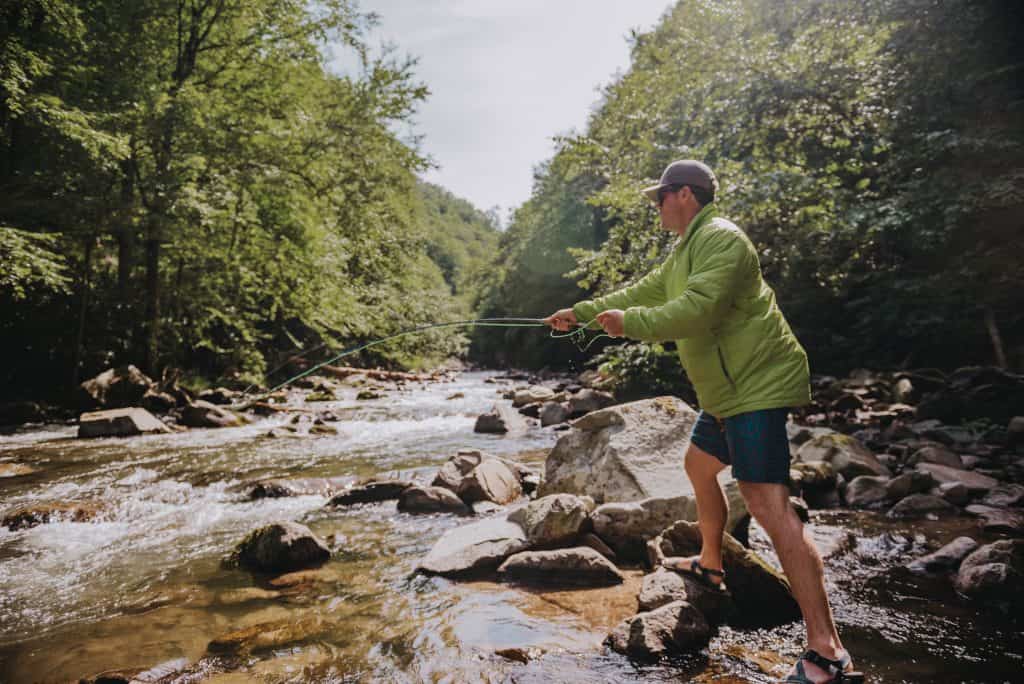
Tactics
With high stocking rates, Georgia’s delayed harvest is a great time to introduce new anglers to fly fishing. We had our shop guys to come up with kits to suite all level of anglers.
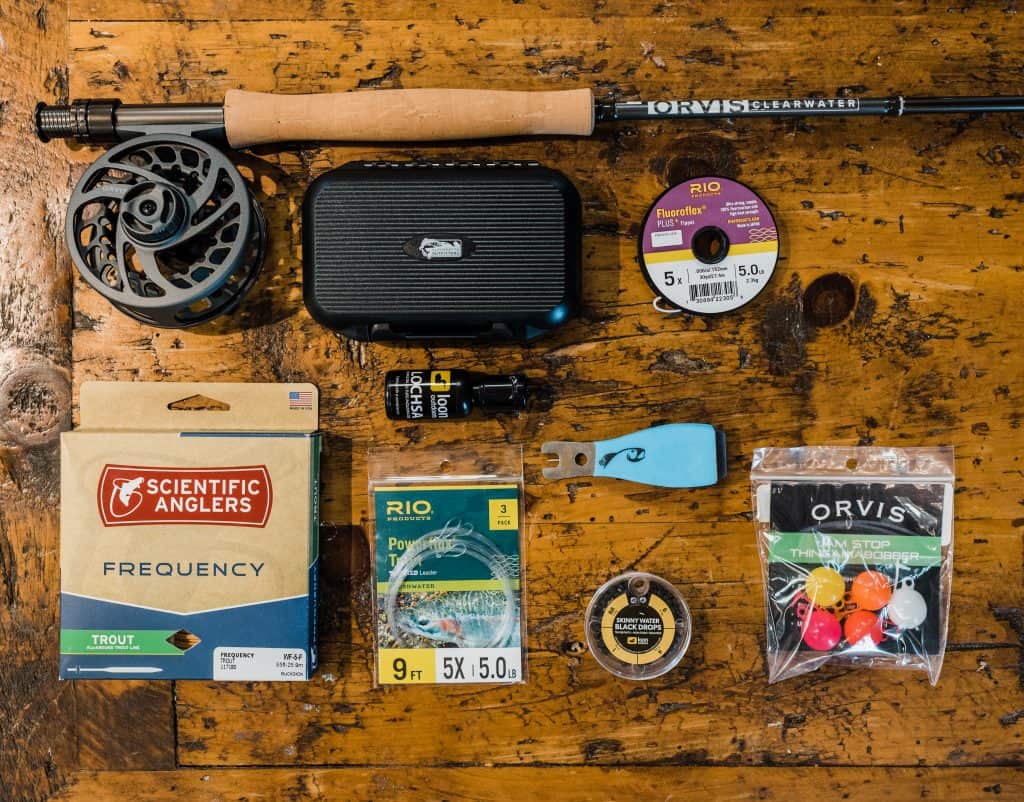
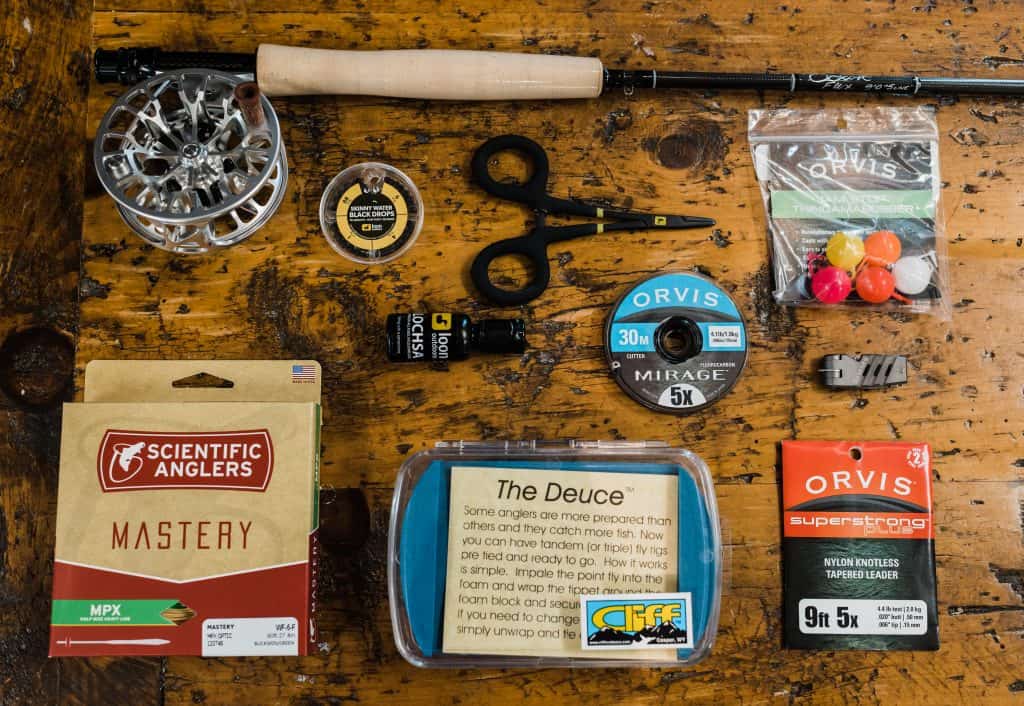

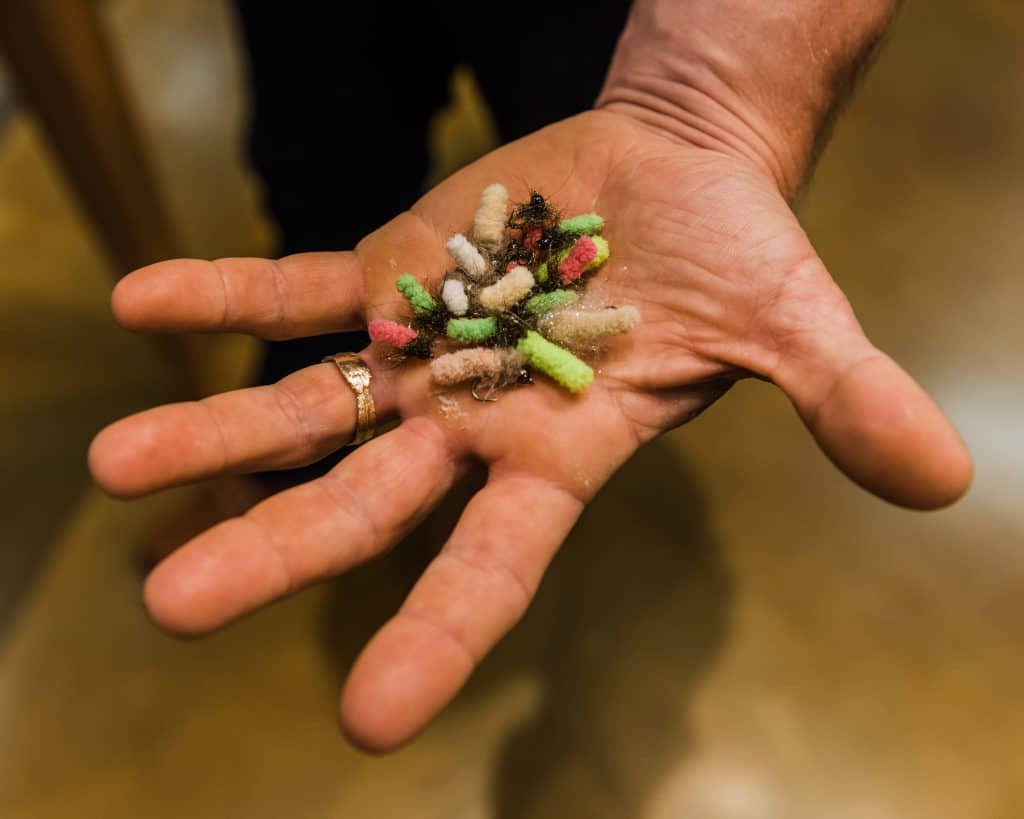
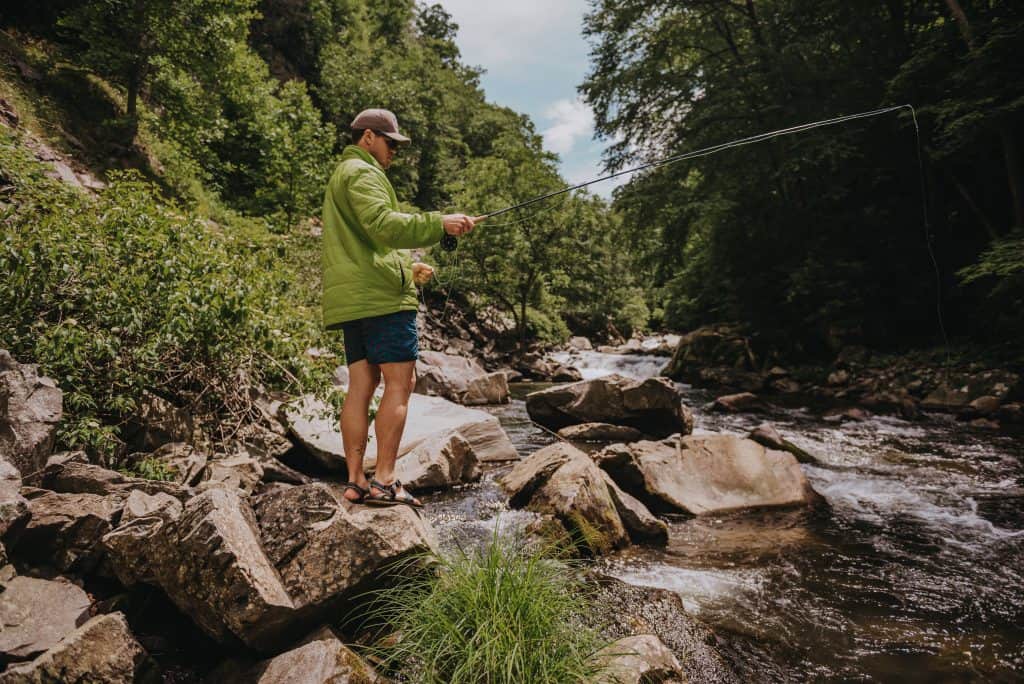
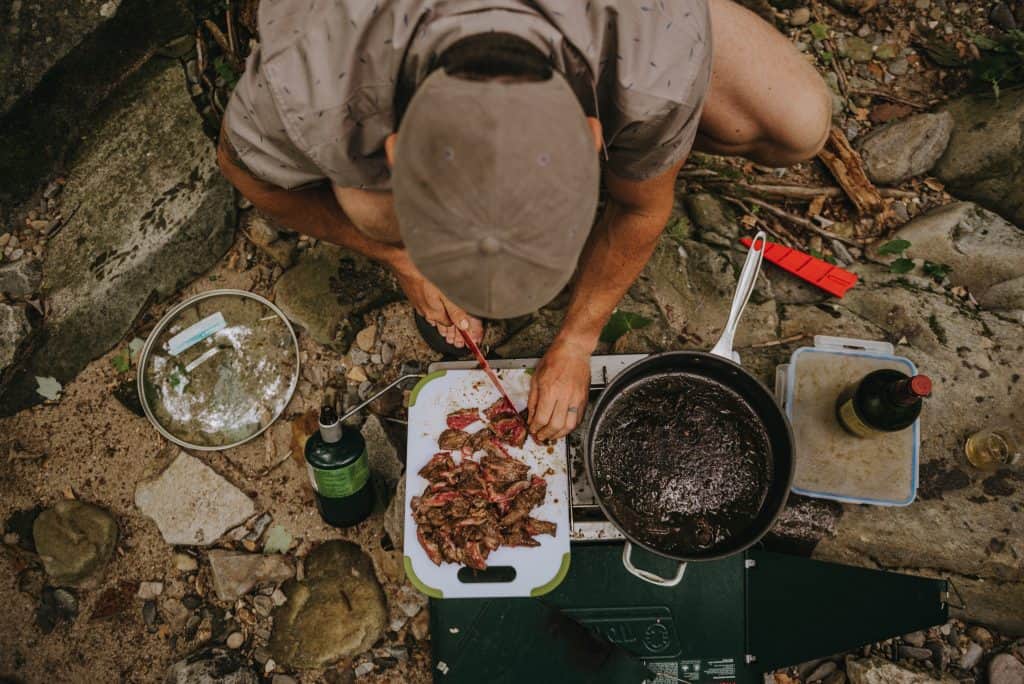
This is just a small snippet covering Georgia’s delayed harvest but we wanted to give y’all something to digest in one sitting. If you want to pick our brains further swing by the shop or give us a call. Another opportunity to learn more would be at our monthly Bugs and Suds event happening November 20th from 6pm to 9pm. Bring your vice and tying materials if you need some help on that technical streamer or just come to hang out with our fly fishing community. We want to meet anglers from all walks of life! More information about our upcoming events to help you become a better angler can be found here.
If you have further questions about regulations concerning Delayed Harvest, Georgia’s DNR website is packed with great information – GA DNR

